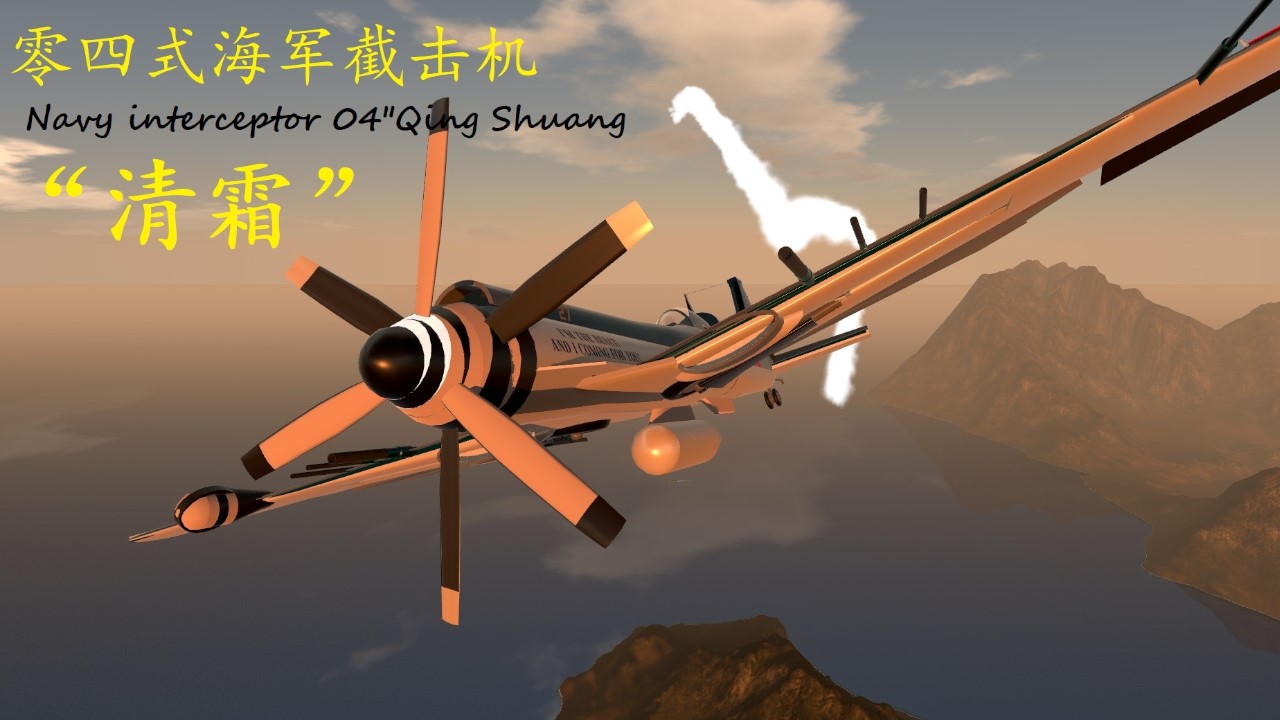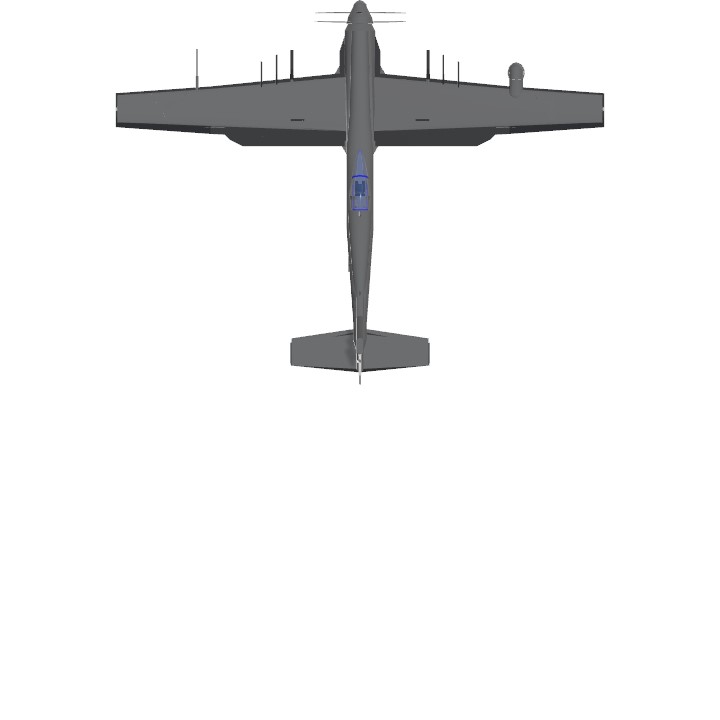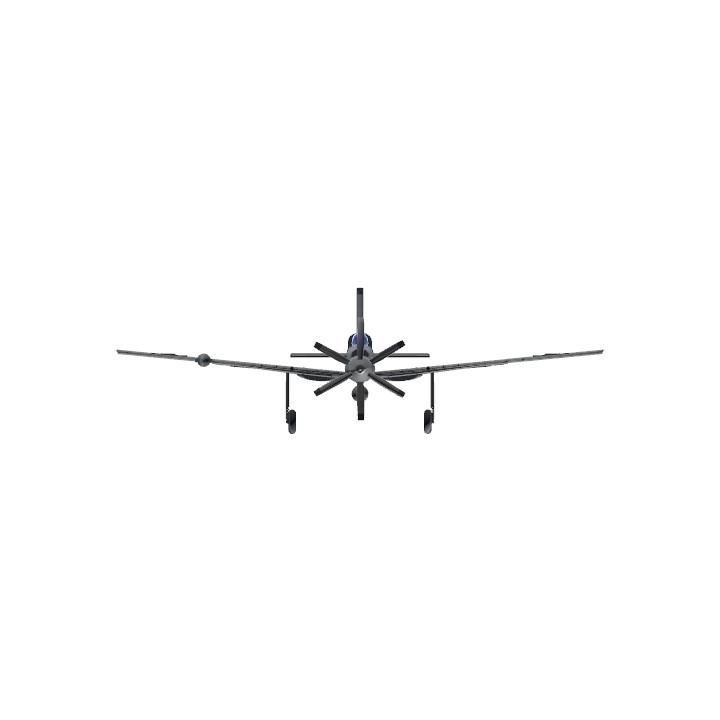*The story is purely fictional
In another world, during World War II, the Allies entered their darkest hour: Germany easily controlled almost all of Europe through extraterrestrial technology, and controlled most of North America through mind control drugs.
In 1944, the naval forces of the Chinese Red Army were at a disadvantage in the face of the German Pacific Fleet. The Naval aviation hoped to obtain a high-altitude fighter that could defeat the Foxwolf Carrier-based aircraft at a height of more than 8000 meters.
At the same time, the German Air Force used the islands in the Pacific Ocean to launch many Strategic bombing against Chinese Mainland, and some Chinese cities were almost destroyed, which alerted the Chinese people to look for a powerful interceptor.
However, the development of this model was very slow and was adversely affected by the war situation. The first batch of pre production interceptors were delivered to the Chinese Navy in 1947, and the designers proudly named them "Qingshuang" (the name of the sword in the allusion)
She is equipped with two air-cooled piston engines, one at the head and the other at the rear of the cockpit, which drive a coaxial reverse propeller through a connecting rod, making her the most powerful of all piston Carrier-based aircraft. (The two engines can output a total of 4100 horsepower at 6000m) Every driver praises her powerful power.
However, her body size is very huge, with a wingspan of 17 meters, even surpassing the F7F Tiger Cat, to the extent that she never lands on a light aircraft carrier.
With interception operations as the core task, she was equipped with two 30mm machine guns and four 20mm machine guns, and installed a ranging radar on the right wing, allowing her to operate 24/7.
The first unit to receive "Qingshuang" was the 303 Naval Fighter Regiment, which followed the No. 12 aircraft carrier "Great Wall" and the surviving United States Marine Corps to participate in the battle to liberate the Aleutian Islands. Among them, the ace female pilot Zhao Yuehua (No. 27) won her 31st and 32nd air combat victories in the battle.
The Chinese Air Force also received a batch of air force type "Qingshuang" without Tailhook, and in December 1947, it made the first Allied confirmation of the B-36 giant bomber.
A part of "Qingshuang" was also handed over to the Soviet Air Forces for use.
In 1948, the loss rate of German Strategic bombing against China rose to 12%. In addition, the Philippines was captured again by the Allies, so the German army had to stop Strategic bombing against China.
So few fighter jets have saved tens of thousands of lives
Such tiny wings have tripped over a giant giant
Every pilot who drives "Qingshuang" feels very honored, just like other Allied pilots who have saved tens of thousands of lives.
Not only targeted at Strategic bomber, many "Qingshuang" also killed enemy fighters in offensive air defense operations, and used radar to operate at night, creating nightmares for fascists.
By the time the Allies won the victory in North America and Europe in 1949, a total of 2440 "Qingshuang" aircraft had been put into battle. They were expensive war assets. They had disintegrated 373 large-scale Strategic bombing against the Allies (causing more than 10% losses to the enemy), completing her mission perfectly.
AG2 navigation light
AG3hook
AG4 hatch cover
AG5 folding wing
AG7 throwing Drop tank
Enjoy:)
Specifications
General Characteristics
- Created On Windows
- Wingspan 58.9ft (17.9m)
- Length 86.8ft (26.5m)
- Height 17.8ft (5.4m)
- Empty Weight 10,577lbs (4,798kg)
- Loaded Weight 12,760lbs (5,788kg)
Performance
- Horse Power/Weight Ratio 0.47
- Wing Loading 20.3lbs/ft2 (99.0kg/m2)
- Wing Area 629.3ft2 (58.5m2)
- Drag Points 5580
Parts
- Number of Parts 272
- Control Surfaces 10
- Performance Cost 1,188





@woziun3 I just thought it looked similar
@SlicedBread28 Not really. Guyfolk's work is much more detailed than mine, and the lift center is also inconsistent
Is this based on GuyFolk's "Lautern Skyly J-2 'Teacher'"?